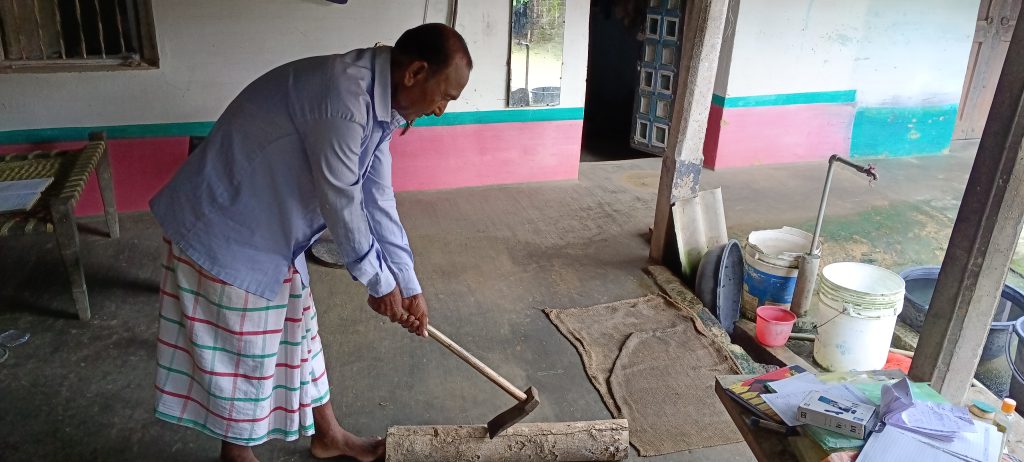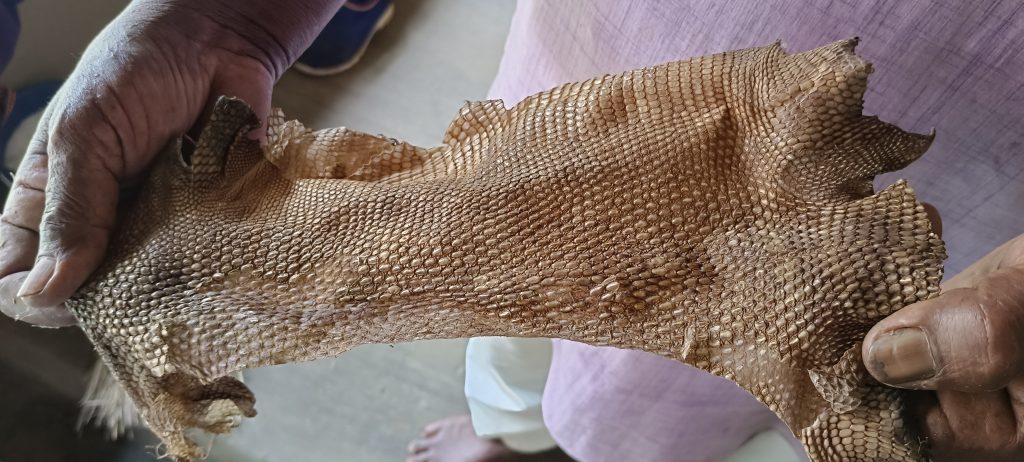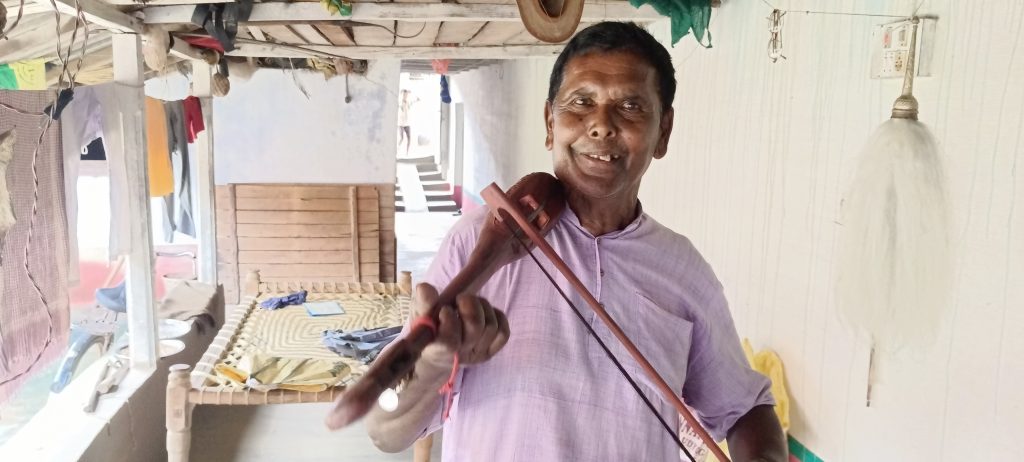
Jharkhand’s tribal musical legacy teeters on the edge
Banam, a musical instrument of the Santhal tribe and other tribal groups of Jharkhand, is on the verge of extinction due to the younger generation’s lack of interest.

Banam, a musical instrument of the Santhal tribe and other tribal groups of Jharkhand, is on the verge of extinction due to the younger generation’s lack of interest.
Banam, a musical instrument of the Santhal tribe and other tribal groups of Jharkhand, is on the verge of extinction due to the younger generation’s lack of interest.
Karan Chandra Hansda is one of the last remaining artisans in Jharkhand with the remarkable ability to craft the melodious tribal musical instrument Banam from wood. He also serenades enthusiasts with the mesmerising songs of the Santhal tribe that accompany the fiddle-like instrument.
The 74-year-old lives in Laldhua village in the Dhalbhumgarh region of East Singhbhum district, about 180km from the state’s capital city Ranchi.
He laments the dwindling interest of the younger generation in learning the art of crafting Banam. This disheartening trend appears to portend the potential extinction of this cultural heritage.
“The process of crafting is arduous and does not adequately compensate for the many hours of hard work. There are hardly any buyers, and people have shifted to other professions or engage in Banam crafting purely out of passion. The rising costs of raw materials, coupled with a lack of support from the state government, have been major factors driving people away from this age-old profession,” Hansda said.

Banam is meticulously handcrafted from a single piece of wood. Its lower section is fashioned in the likeness of a coconut shell, with gaps sealed using Sal tree pulp as an adhesive. The shell is then covered with snakeskin, while the strings are ingeniously fashioned from horsehair, and the instrument is played with either a bow or plucked with fingers.
The laborious process of crafting the Banam starts with the collection of wood from the forest, followed by skilful carving to transform it into a melodious instrument. As per the artisans, the woodwork is a painstaking and challenging task, necessitating several months of dedicated training to master the craft.
Also Read: Ladakh’s lute maker gives ‘dranyen’ new lease of life
Even a skilled artisan requires at least a month to produce half a dozen instruments, devoting numerous hours each day to the task. Banams are typically sold within a price range of Rs 500 to Rs 2,000 each, contingent upon their quality.
According to Durga Prasad Murmu, a seasoned Banam artisan who was recently honoured by the Jharkhand government, the exact origins of the instrument remain shrouded in mystery. “We do not have any written literature or knowledge about its origin. But it has been played by the tribal community, especially Santhals, for ages. Our ancestors used to play Banam to celebrate the successful hunting expeditions,” he said.

Banam, once revered and popular among the Santhals and other tribal communities, now appears to be teetering on the brink of extinction. The root causes include a lack of interest among the younger generation in both learning and playing the instrument, as well as a scarcity of trained artisans to carry on the tradition.
Vikash Kumar, a young filmmaker from Jharkhand whose documentary on Banam earned the top prize at the Samvaad National Short Film Festival organised by Tata Steel in 2018, acknowledges this concerning trend.
“We had identified about 10 skilled artisans during our research for the film in 2018. Two of them have since passed away. We realised that very few people, even within the Santhal community, were aware of Banam. This situation remains unchanged today, as I struggle to find a musician capable of playing Banam for my upcoming feature film in the Santhali language,” Kumar said.
Lal Mohan Hansda, a 60-year-old villager in Laldhua responsible for procuring wood from the forest and supplying it to Banam makers, attributes the declining interest of youngsters to deforestation.
Also Read: Music band rings in new dawn for ex-prisoners
“We typically source wood from the gamhar tree (Gmelina arborea) for crafting the instrument. However, extensive clearing of forests has led to its scarcity. Wood must now be procured from distant locations, resulting in increased prices that artisans often cannot afford. Other raw materials like horsehair have become prohibitively expensive,” he said.
Durga Prasad Mahato, a 58-year-old who runs the Banam Training Centre, revealed the lack of student enrolments over the past 18 months.

“We have been idle, as no one has shown interest in learning Banam for quite some time. Our youth are more inclined toward modern music played on their mobile phones. This heritage is on the brink of extinction and will fade away once the last surviving artisans depart from this world,” he said.
Madhab Chandra Hansda, a 62-year-old Banam musician with four decades of experience performing on stage, said even the audience’s interest has waned over the years. He implores the state government and private organisations to step forward and make efforts to preserve this vanishing legacy.
As the evening sky envelops the surroundings, Hansda finds solace in singing soulful songs accompanied by his Banam. He paused and lamented, “It is not merely an instrument but an emotional legacy carrying the essence of our ancestors. It saddens me to contemplate its present state, but it is a stark reality. The cacophonous sounds of modern music have quietly eclipsed the instrument that once stood as a source of pride for our community. But who really cares?”
Also Watch: Young musicians revive Sufi music in Kashmir
The lead image shows Karan Chandra Hansda with Banam. (Photo by Gurvinder Singh)
Gurvinder Singh is a journalist based in Kolkata.